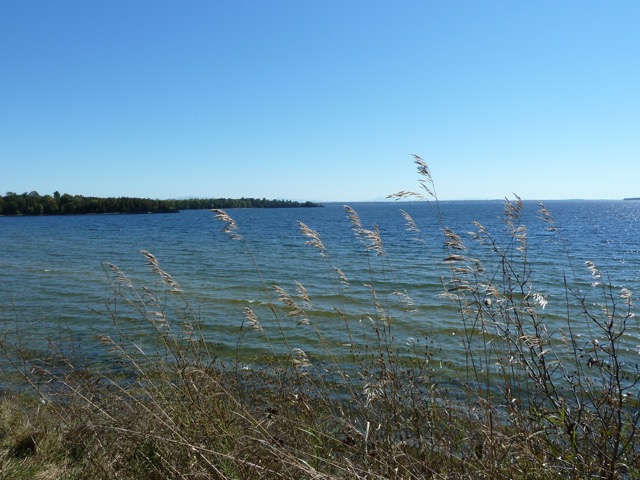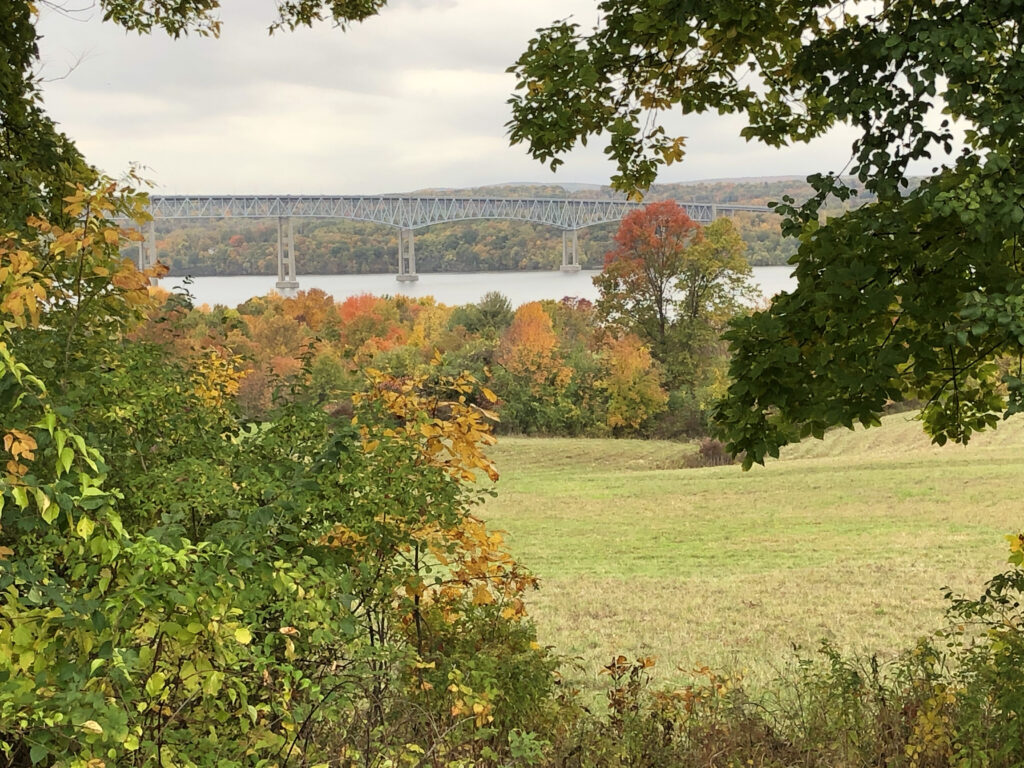Environmental Impacts
Land and water impacts from residential, commercial, industrial and energy development (including large solar and wind projects) affect natural systems such as watersheds and ecosystems. The degree to which these effects are negative depends on how we site and develop these projects, identify impacts, and avoid, minimize, or mitigate significant adverse impacts.

Environmental impacts are usually not confined to one species or one parcel of land. Wildlife is mobile. Watersheds contain interconnected wetlands, streams, and lakes. Land use activities can affect water quality. Ecosystems like grasslands, marshes, streams and forests are comprised of interconnected physical, chemical and biological characteristics that determine how well the system works.

Environmental impact assessment also includes effects on the services provided by ecosystems and watersheds.
These include:
Services that make life on earth possible and are necessary for the production of all other ecosystem services, such as soil formation, photosynthesis, nutrient cycling, water cycling.
Products including food, pharmaceuticals, biomedicine, fresh water.
Benefits from the regulation or balancing of ecosystem processes, including disease control, biological pest control, pollination, protection from natural hazards like flooding, water purification and waste treatment, erosion control, climate regulation.
Nonphysical benefits for human communities, including education, research, protection of property values, recreation and nature-based tourism, quality of life.
Watersheds provide communities with benefits including flood protection, water supply, groundwater replenishment, and water quality protection.
By identifying and describing impacts on natural systems such as ecosystems and watersheds, we improve the effectiveness of our protection efforts. This includes the accurate identification of natural features, plants and animals of conservation concern, and ecosystem interconnections across the landscape.

Hickory Creek focuses on these systems as a basis for (1) evaluating environmental impacts, and (2) developing plans, ordinances, educational materials and strategies for protecting significant natural resources for future generations. This approach helps you identify environmental impacts, evaluate their effects, and develop local strategies for action, whether you’re protecting a natural area, figuring out how to reduce flooding, or evaluating the effects of a subdivision, drilling rig or pipeline on water quality.
Services include:
▪Review environmental impact statements or assessments, project plans;
▪Evaluate impacts (including cumulative impacts) of development projects, and their effects on ecosystems, watersheds, and species of conservation concern;
▪Plan and implement local watershed protection;
▪Define and evaluate “significant impact”;
▪Incorporate ‘true costs’ into environmental impact review.